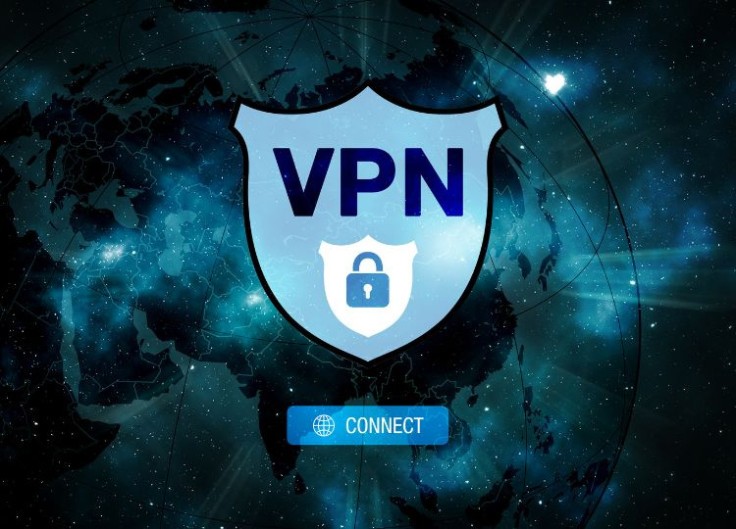
Various astonishing applications have been developed with the advancement in the software development industry. However, with this increasing internet use, the rate of cyber crimes has also escalated.
As people become more conscious about their online security, VPN applications are becoming increasingly popular. A VPN (Virtual Private Network) is a tool that allows users to safely access the internet by encrypting all of their data and hiding their accurate IP address. With a VPN, users can access geo-restricted content, protect their personal data from hackers and surveillance, bypass censorship imposed by their government, and even access public Wi-Fi networks without worrying about predatory actors.
Making a VPN application like DotVPN requires specialized technical knowledge and expertise. Such applications are developed on robust, secure protocols, provide secure authentication, and can scale from a few to millions of users. In this blog post, we'll explore the basics of making a secure and reliable VPN application. So, let's get started.
Define Project Scope and Goals
When constructing a VPN application, setting your project scope and goals is the first step. What specific features do you want the application to have? What type of user profile are you targeting, and what function do they need the application to perform? Whether you want to offer VPN as a chrome extension, or a mobile application, having a clearly defined goal and scope is the first step towards successful development.
By clearly understanding your project scope, you can better identify the necessary components and resources required to create a successful VPN application. It will also enable you to decide on the technologies, hardware, and software to use.
Select a VPN Development Methodology
Once you have defined the scope and goals of your VPN application, it's time to determine the development methodology. A successful VPN application requires a secure and reliable development methodology. It will ensure that the application can meet the desired performance requirements and provides users with a safe and secure environment for accessing the internet.
The most common development methodologies for VPN applications include Waterfall, Agile, Lean, and DevOps. Each of these methodologies has its own advantages and disadvantages, so it's essential to research and understand which one best fits your project needs.
Build a Project Development Team
No project can be successful without a well-organized and knowledgeable development team. When creating a VPN application, it's vital to bring together the right set of people from different disciplines and backgrounds. A good project team typically comprises a product manager, developers, design specialists, QA engineers, and DevOps professionals. To create a VPN for Android, you can build a PHP development team who can handle the back-end operations.
Each team member should clearly understand the project goals and be able to contribute their skills and knowledge to the project. It will ensure that the project is completed on time and within budget.
Sign-Up with a Cloud Services Provider
You'll need to sign up with a cloud services provider to make a secure and reliable VPN application. A cloud services provider allows you to securely store user data in the cloud and access it from anywhere. It also provides an easy-to-manage infrastructure for developing, deploying, and scaling your applications. By signing up with a cloud services provider, you can access the latest technologies and features required to make a successful and secure VPN application.
Search Out a WordPress Theme and Plugins
If you're creating a VPN application for mobile or the web, the next step is to select a WordPress theme and plugins. WordPress themes are pre-designed templates that enable you to quickly and easily customize the look and feel of your website. Plugins are small software programs that can add additional features and functionality to your website. By selecting a WordPress theme and plugins, you can ensure that the user experience is smooth and secure.
Marketica, WooCommerce, and Easy Digital Downloads are some of the most popular WordPress themes and plugins for creating a VPN application. These themes and plugins provide the necessary tools for creating an intuitive and secure user experience.

Develop a Proposed VPN System
Now that you have signed up with a cloud services provider, it's time to develop a proposed VPN system. It is where you will define your application's overall architecture, server requirements, and security protocols. Creating a well-defined and structured system that meets all requirements for a successful and secure VPN application is essential.
Test Your VPN System
Once you have developed a proposed VPN system, it's essential to thoroughly test it before officially launching the application. It will ensure the application is up and running smoothly and it meets the performance standards required by users. You can identify potential bugs or issues by testing your VPN system before officially launching the application.
Launch Your VPN Application
After developing and testing your proposed VPN system, it's time to launch the application. When launching your application, it's crucial to have a well-thought-out marketing and promotional plan.
You can promote your VPN application through social media platforms, search engine optimization, email newsletters, and other means. By having a solid promotional plan in place, you can make sure that your application reaches its intended audience.
© 2025 University Herald, All rights reserved. Do not reproduce without permission.








